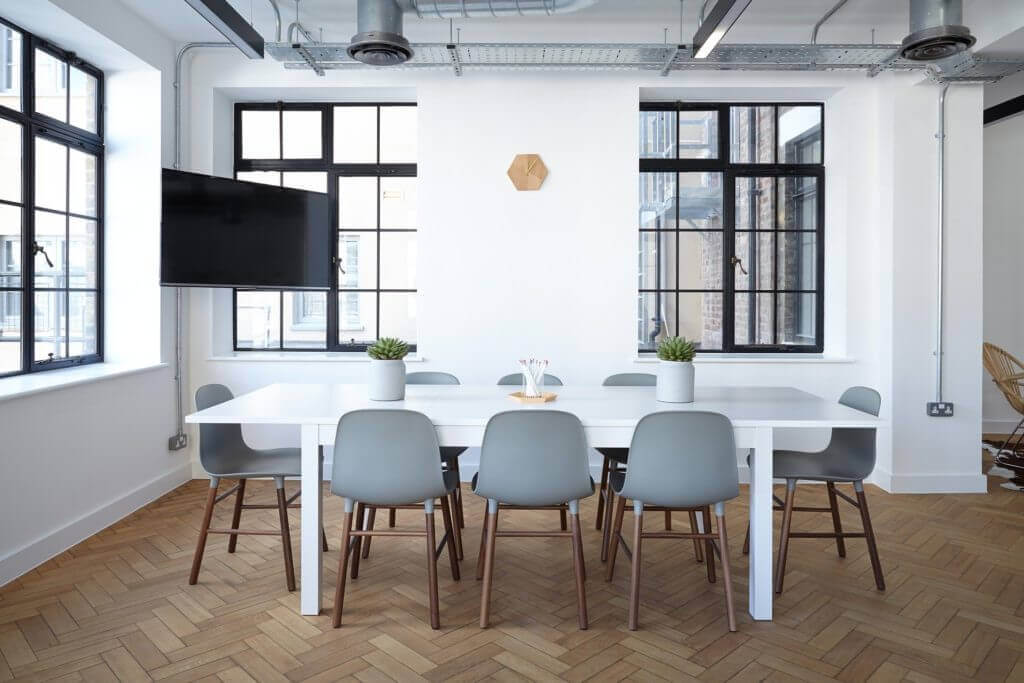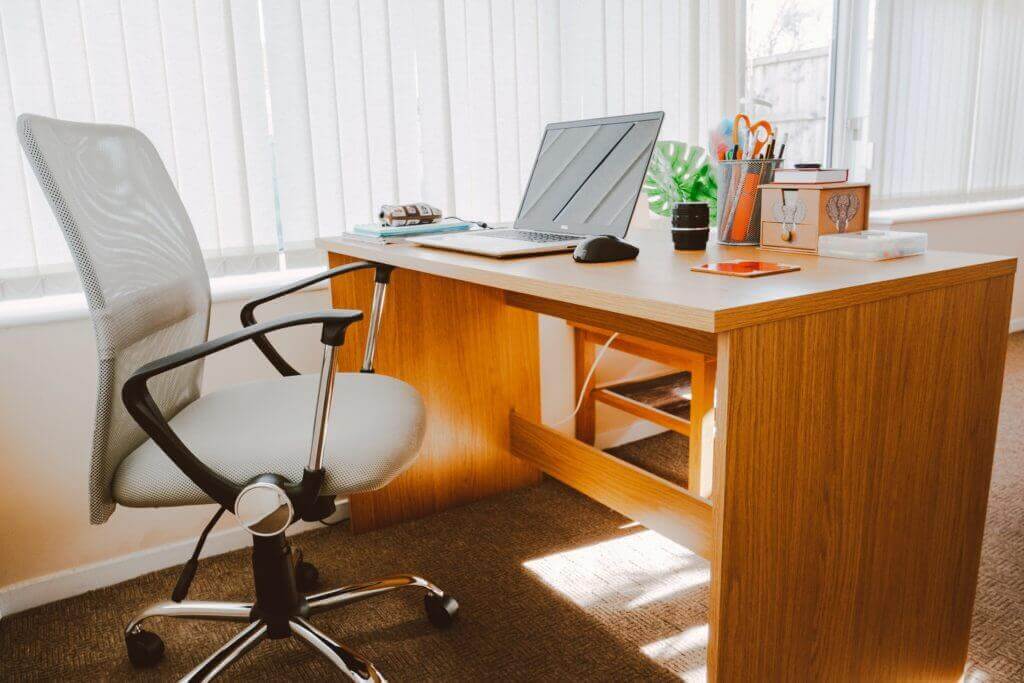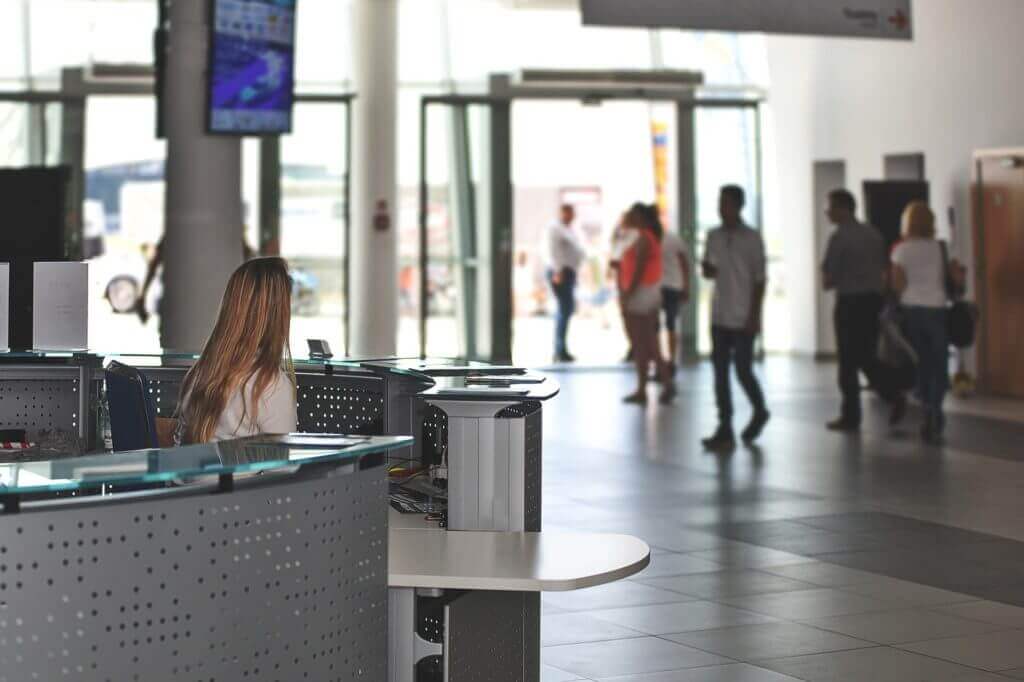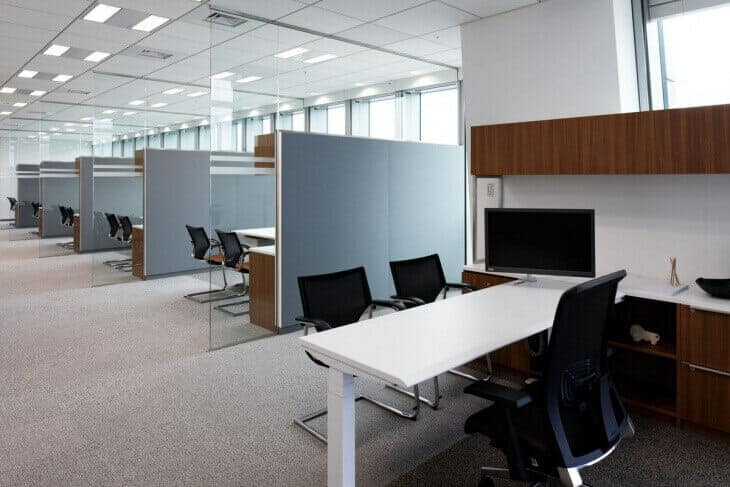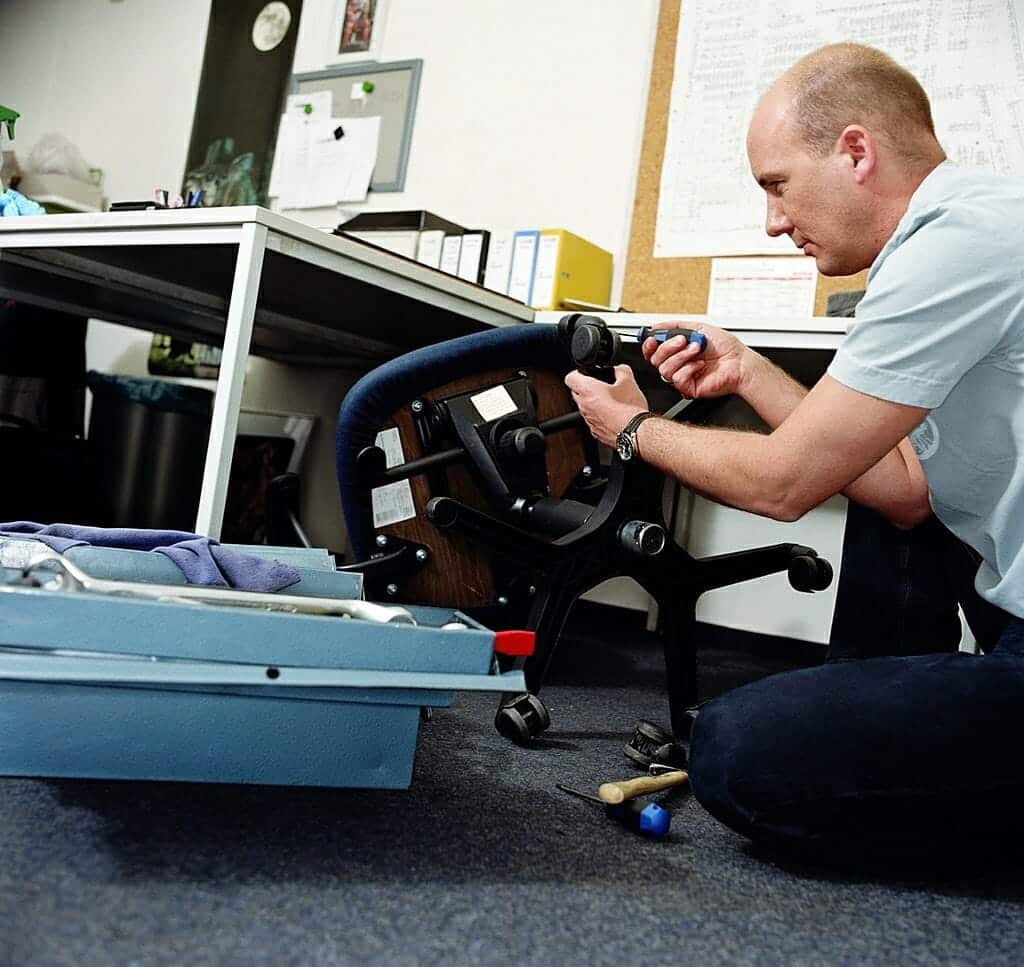Office furniture plays a crucial role in both the productivity of your employees and the perception of your brand. It can directly impact your team’s comfort, focus, and ultimately their job satisfaction. As such, it’s important to know when it’s time to replace this key component of your workspace. But how often should office furniture be replaced? The answer depends on a number of factors.
Shop for Office Furniture on Amazon - save big! Ad
Shop from best sellers of Office and School supplies on Amazon and save! Ad
Let’s delve into this subject and equip you with the information you need to make the best decision for your office space. We will now discuss factors that can determine how offen should office furniture be replaced.
1. Evaluating the Lifespan of Office Furniture
Typically, high-quality office furniture should last between seven to ten years. However, the actual lifespan can vary greatly depending on the type of furniture, the quality of the materials used, the level of use, and how well it’s maintained.
Desks made from durable materials like hardwood or metal can easily last more than a decade with proper care. However, chairs, which typically experience more wear and tear, may need to be replaced every five to seven years. Upholstered items like couches or lounge chairs might also start to look worn or faded after about five years, depending on their usage.
2. Signs Your Office Furniture Needs Replacing
Regular inspection of your office furniture can help you spot when it’s time for a change. Here are some clear signs your furniture may need replacing:
- Physical Damage: Cracks, breakages, or loose components are clear indicators that furniture may need replacing. Not only can damaged furniture look unprofessional, but it can also pose safety risks to your employees and visitors.
- Wear and Tear: Over time, furniture may show signs of aging, such as faded colors, stains, or worn-out padding. These are indicators that the furniture has seen better days and might be due for an update.
- Discomfort: If your employees are complaining about back pain, neck strain, or other discomforts related to their workspace, it’s time to consider new, ergonomically designed furniture. The health and comfort of your employees should be a top priority.
- Outdated Style: If your furniture is visually out of date, it can impact the perception of your brand. Modern, stylish furniture can help project an image of innovation and forward-thinking.
3. Balancing Budget and Quality
While cost is a key factor when replacing office furniture, it’s important not to let it be the sole determinant. Investing in high-quality, ergonomic furniture can pay off in the long term through increased productivity, fewer health complaints, and enhanced employee satisfaction. Remember, cheaper furniture might need replacing more frequently, so factor in long-term costs when making your decision.
4. Embracing Sustainable Practices
Before rushing to replace every item of office furniture, consider the environmental impact. Can any items be repaired, refurbished, or reupholstered? Not only can this be cost-effective, but it’s also an excellent way to demonstrate your commitment to sustainability. When you do replace furniture, consider companies that follow sustainable practices or look for options to donate or recycle your old furniture.
5. Planning Regular Assessments
It’s advisable to conduct regular assessments of your office furniture – yearly checks are a good starting point. This allows you to monitor wear and tear, assess employee satisfaction, and plan your budget for future replacements. With a regular review process, you can ensure that your office furniture continues to meet the needs of your employees while positively reflecting your brand.
In conclusion
So, how often should you replace your office furniture? The frequency with which you should replace your office furniture depends on various factors including its type, usage, and condition. Regular inspections, prioritizing employee comfort, and considering sustainability can help ensure your office remains a productive, attractive, and healthy environment. By balancing these factors, you can create a workspace that benefits both your team and your business.
You may be interested to read the following artices: How to Clean Office Furniture: A Detailed Guide and Tips For Maintaining Your Office Furniture.

